El Otro
Cristina Maldonado . MA Fine Art
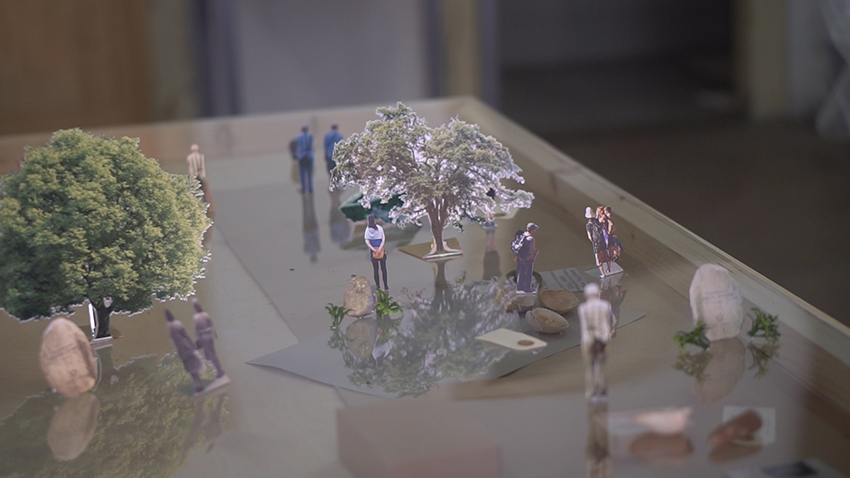
In 2018 I visited Copenhagen for the first time, in two weeks I acquired several strangerships (commitments to a stranger). I met Peter, Sonja, Dagny, and an Ole Wanscher’s credenza key in fortuitous and hazardous ways. A tourist of lives instead of nations, I entered their world and charted routes to connect my life with them. I curated facts and synchronicities to weave relationships between things that don't belong together: them and me, a found object with a man, a found place with an object, a familiar object with a foreign person. Eventually, these exchanges grew into systems, territories that host other strangers and nonliving beings, involving them in significant interactions and creating new relational semantics.
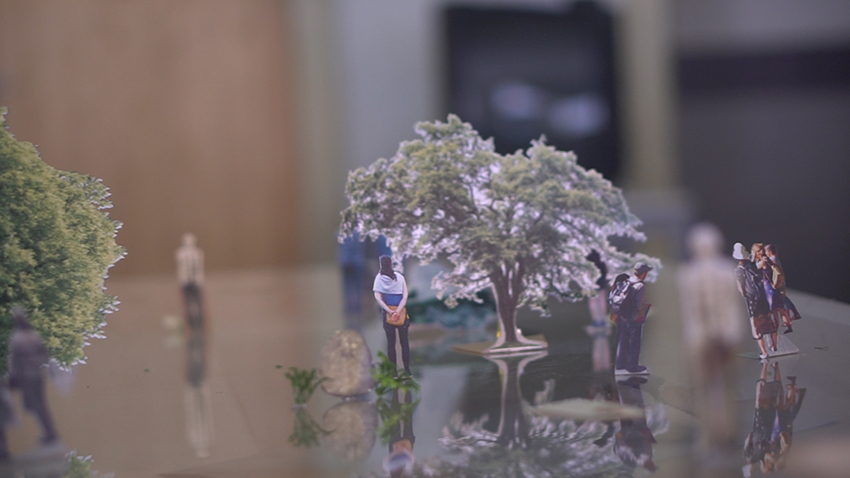 In this exhibition, I revise four of these systems and reflect on the practice of displacing myself, embracing my role as “el otro” - the other, the foreigner or stranger-, and the consequent entitlement to find unexpected relationships between objects, places, and persons, fiction and facts, the personal and impersonal.
I became a stranger a few years ago.
In this exhibition, I revise four of these systems and reflect on the practice of displacing myself, embracing my role as “el otro” - the other, the foreigner or stranger-, and the consequent entitlement to find unexpected relationships between objects, places, and persons, fiction and facts, the personal and impersonal.
I became a stranger a few years ago.
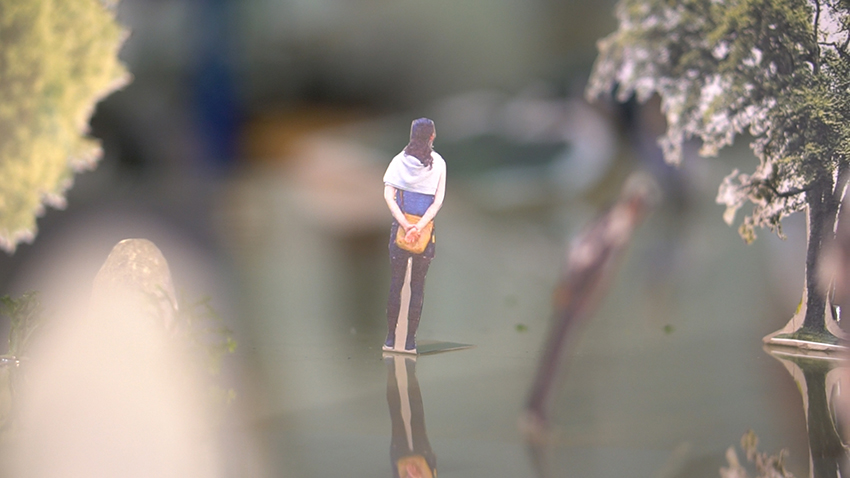 After months of not seeing my father, we sat down and talked for a long time. Then my sister came by and asked: "How are you doing, Dad?", "I'm having a very good time with this kind lady who is visiting us," he said. That was the first time he didn't recognize me. When I left that afternoon, I felt the need to hug him tightly. But that was not something to be performed between strangers. I politely shook his hand and told him that I had a wonderful time.
After months of not seeing my father, we sat down and talked for a long time. Then my sister came by and asked: "How are you doing, Dad?", "I'm having a very good time with this kind lady who is visiting us," he said. That was the first time he didn't recognize me. When I left that afternoon, I felt the need to hug him tightly. But that was not something to be performed between strangers. I politely shook his hand and told him that I had a wonderful time.
 This conversion into a stranger redefined my position in the world. I knew it was possible to commit to a stranger, and that there was no need to bridge the distance between us to experience a bond. A bond sustained by pure intention, without the need of identification, of knowing or understanding each other. A bond that includes an abysmal gap.
“El Otro” is my version of a relational militant practice to resist the fear and aversion to the other, to negate the separation of the world and the things that form it, to compensate the omnipresent access to millions of people that we can only pseudo-know through media, and to stand against the investor-oriented economy of affection that rules most of our interactions.
This conversion into a stranger redefined my position in the world. I knew it was possible to commit to a stranger, and that there was no need to bridge the distance between us to experience a bond. A bond sustained by pure intention, without the need of identification, of knowing or understanding each other. A bond that includes an abysmal gap.
“El Otro” is my version of a relational militant practice to resist the fear and aversion to the other, to negate the separation of the world and the things that form it, to compensate the omnipresent access to millions of people that we can only pseudo-know through media, and to stand against the investor-oriented economy of affection that rules most of our interactions.
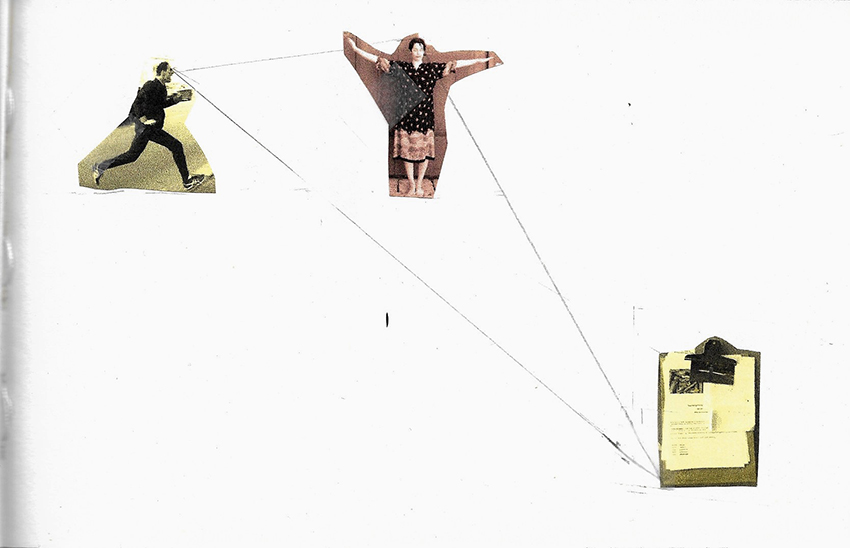 More about the research
I, the other, the foreigner, the outsider, seek to actualize that moment in which having a deep affection for a stranger is possible. I go out into the street to fortuitously meet the other, someone as curious as me and who allows me to meddle in his life. Then I can verify that it is possible to establish an existential bond with a complete stranger. Immersed in circumstantial events, I participate in this game of chance to confirm that we are all related to everything. That there is a connection even where we don't see it. And that, indeed, the immeasurable force that unites everything and no one has seen, manifests itself.
More about the research
I, the other, the foreigner, the outsider, seek to actualize that moment in which having a deep affection for a stranger is possible. I go out into the street to fortuitously meet the other, someone as curious as me and who allows me to meddle in his life. Then I can verify that it is possible to establish an existential bond with a complete stranger. Immersed in circumstantial events, I participate in this game of chance to confirm that we are all related to everything. That there is a connection even where we don't see it. And that, indeed, the immeasurable force that unites everything and no one has seen, manifests itself.
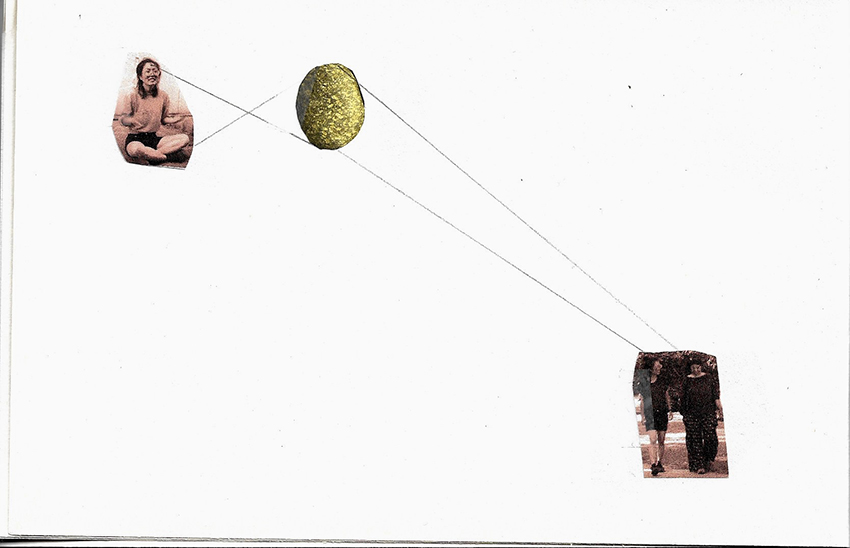 The phenomenological research to which I expose myself throws up incidental events that conglomerate dates, places, humans, objects, conversations, and other found things. I observe the relationships between this chaotic material and bring them into some order using methods of pataphysics, ethnography of affection, and diagrammatic reasoning. Each encounter forms its syntax through the interaction with the other, it can take, days, months, or sometimes years. The bond that keeps us connected is not emotional or imaginary, it is essentially material, the only reason for being together is the task of creating an object. The actions and exchanges that we carry out to achieve it, remind us that certain things matter to us.
The phenomenological research to which I expose myself throws up incidental events that conglomerate dates, places, humans, objects, conversations, and other found things. I observe the relationships between this chaotic material and bring them into some order using methods of pataphysics, ethnography of affection, and diagrammatic reasoning. Each encounter forms its syntax through the interaction with the other, it can take, days, months, or sometimes years. The bond that keeps us connected is not emotional or imaginary, it is essentially material, the only reason for being together is the task of creating an object. The actions and exchanges that we carry out to achieve it, remind us that certain things matter to us.
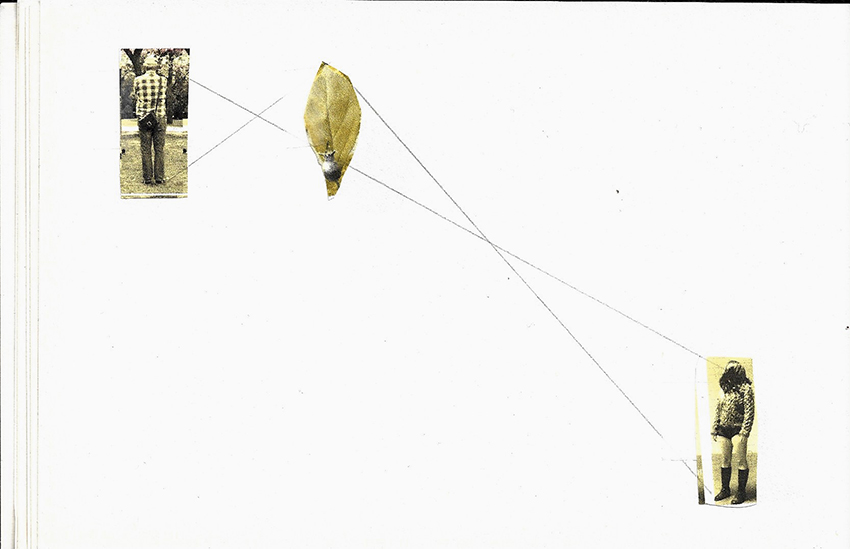 This materialistic strategy is an excuse to create meaning together. From this unique combination -these two strangers and their circumstance-, particular semantic arises. We enter a social symbolic territory, where the other and I can hold meaning. In the distance, we are not separated, in the proximity we are not similar, and being personal doesn’t mean to befriend, we engage in a relationship but we remain strangers. We engage in strangership.
This materialistic strategy is an excuse to create meaning together. From this unique combination -these two strangers and their circumstance-, particular semantic arises. We enter a social symbolic territory, where the other and I can hold meaning. In the distance, we are not separated, in the proximity we are not similar, and being personal doesn’t mean to befriend, we engage in a relationship but we remain strangers. We engage in strangership.
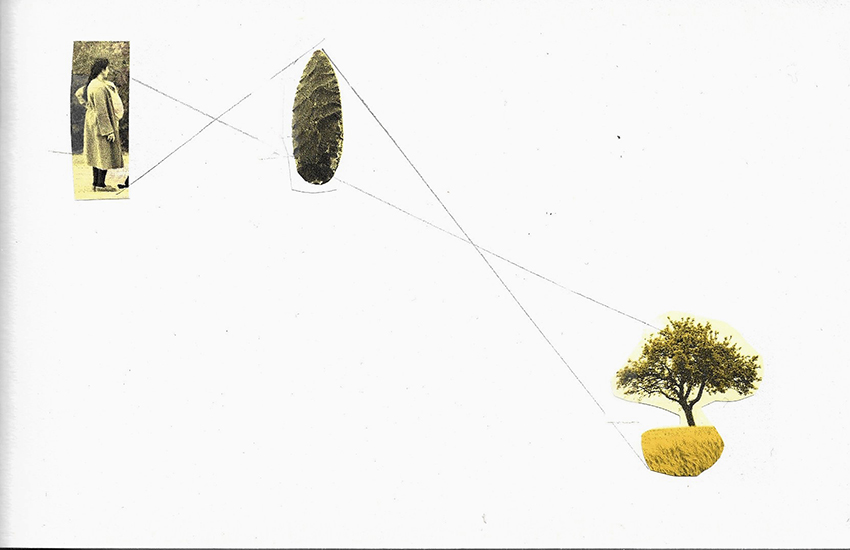 The aftermath of strangerships is relational semantics, a series of scores charged with existential meaning. I think of it as dramaturgies extracted from everyday life, with future potential, I imagine them as anthropological relics, as a script to be performed by two actors, or instructions for other strangers to experience.
For now, they question the aversion to the "other", they rescue human contact and are a personal version of militant practice to resist the omnipresent media access to millions of people that we can only pseudo-know, the scarcity of options for human bonding and the investor-oriented economy of affection.
The aftermath of strangerships is relational semantics, a series of scores charged with existential meaning. I think of it as dramaturgies extracted from everyday life, with future potential, I imagine them as anthropological relics, as a script to be performed by two actors, or instructions for other strangers to experience.
For now, they question the aversion to the "other", they rescue human contact and are a personal version of militant practice to resist the omnipresent media access to millions of people that we can only pseudo-know, the scarcity of options for human bonding and the investor-oriented economy of affection.
Cristina Maldonado
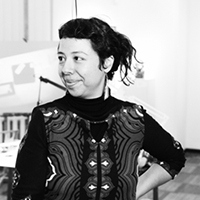
Cristina Maldonado is a Mexican interdisciplinary artist working in the fields of immersive art, participatory and relational art, video-performance and site specific performances. For the last two decades she has presented her work in America and Europe. In her MA of Fine Arts, Cristina focuses in a relational practice with strangers resulting in collaborative processes. She observes the chaotic and fortuitous events in daily life and curates them to construct systems for interaction and collective creation of meaning.
